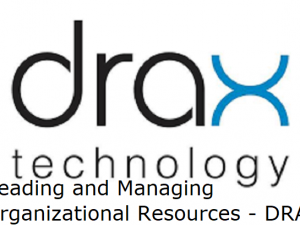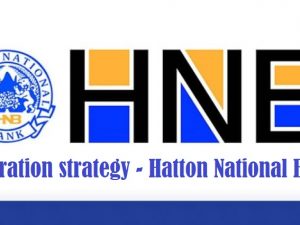| Table of Contents |
Introduction
1.0 Importance of the operation management
2.0 Process management framework
2.1 Input – process – output model
2.1.1 Inputs
2.1.2 Transformation process
2.1.3 Output
2.1.4 Feedback
2.2 Process mapping and process flow chart
2.2.1 Main Business Processes of the Organization
2.4 Process reengineering
3.0 demand management and Capacity management
3.1 Demand management practices and forecasting techniques
3.2 Flexibility of the operation strategy to meet demand fluctuation
3.3 Tactics to match the capacity with demand
3.4 Business expansion consideration
3.5 Complementary demand patterns to optimize organization resources
4.0 Operational Management Systems
4.1 Supply Chain Management
4.2 Quality Management
4.3 Total innovation management
4.4 Inventory Management
4.5 Customer Service Management
Conclusion
References
|
| Preview |
Introduction
INSEE cement is one of leading cement manufacturing company in Sri Lanka. Further company has product range such as INSEE sanstha, INSEE mahaweli marine, INSEE mahaweli marine plus. The objective of this report is to extensively analysis the operation management aspect of the INSEE cement.
Operations is often define as a transformation process. Operation Management refer the systematic approach to designs, operates and improves productive systems. Operation managers has many roles and responsibilities regarding design systems, ensure quality, produce products and delivery services. Activities in operation management include organizing work, selection processes, arranging layouts, locating facilities, designing jobs, measuring performance, controlling quality, managing inventory, scheduling works and planning productions. Further they have to work with customers, suppliers, latest technologies and many stakeholders. Finance, procurement, finance and marketing can be identified as four primary functional operation areas of any firm.
According to some studies, operations management get together many disciplines and give an integrated view of organization. Currently due to new technologies, operation management approach has been changed drastically. Further concept such as green manufacturing, environmental friendly operational concepts have been introduced recently. Especially as a manufacturing company, INSEE cement need to consider all these factors.
Vision of INSEE cement is to continue to build on the long heritage of shared loyalty, creating a trusted relationship with the business partners, people and community. Company need to achieve the best value and a sustainable future for all the stakeholders. This is a vital factor of an organization’s survival as the product will convey the firm’s values and the value provided to the end users. The organization should make sure that the product ensures that the represents the firm’s intentions and will be perceived as worthwhile to buy in comparison with the competitors to create competitive advantage and sustain the survival of the brand.
This study will explain the importance of operation management, the input- process-output model of the INSEE cement and assess the strength of an operation strategy. Further here it is described that the purpose and importance of capacity management. Further in here it will extensively discuss about supply chain management, quality management, inventory management, innovation, technology and knowledge management and customer service management.
1.0 Importance of the operation management.
Operation management expresses the aspects both direction and implementation. The aspects of direction consider the approaches that a company can use to support to select the relevant markets that need to compete, understand the competitive drivers in the markets when assess how influence its market position with regards to its competitors. Implementation consider how it can achieve the competitive advantage by prioritizing where and how to allocate company’s key resources, time and the money. (Diasz, 2017). As a manufacturing company, operation management is highly important to INSEE cement. Proper operation management help to company to optimize production, reducing procurement cost, optimize distribution, optimize customer service, reduce overhead cost, reduce product complexity, optimize capital expenditure, reduce working capital and reduce production cost.
According to Slack and Lewis (2015), operation strategy need to reflect the business strategy of the company and need to upgrade based on the day to day activities. Further operational strategy need to satisfy the market requirements. Asset intensive industry organizations require comprehensive solutions for workforce and operations management in order to enhance efficiency, productivity and the safety of their operations. From forecasting and planning, scheduling and optimizing work assignments, to dispatching work to maintenance and field crews, work order processing, and performance measurement, all activities require a consistent, organized and integrated approach aligned with an organization’s operational processes (Daft, 2014). The goal is for field and operations personnel to perform the right job at the right time with the right resources, whether a planned or an unplanned event.
In competitive markets, the operations strategies of companies are normally formulated based on their competitive advantages. An effective operations strategy should maintain and improve competitive advantages based on the capabilities of the corporate operations resources. Considering the market requirements and the operational performance of the rivals is the key for success and survival of a company in the competition. Therefore, recognizing where a company stands in comparison with its rivals and adopting the appropriate operations strategy plays vital roles in the success of companies.
|





